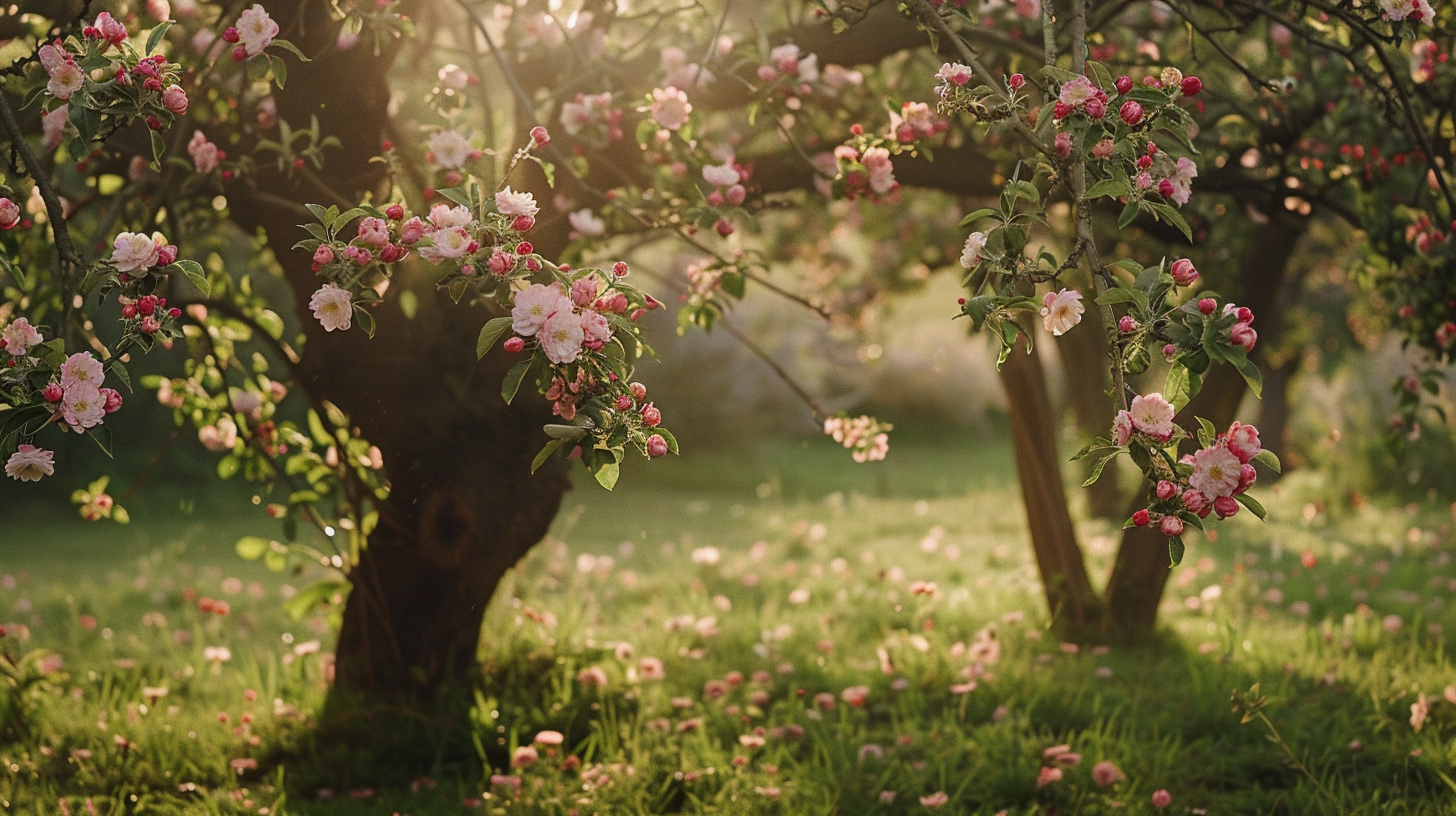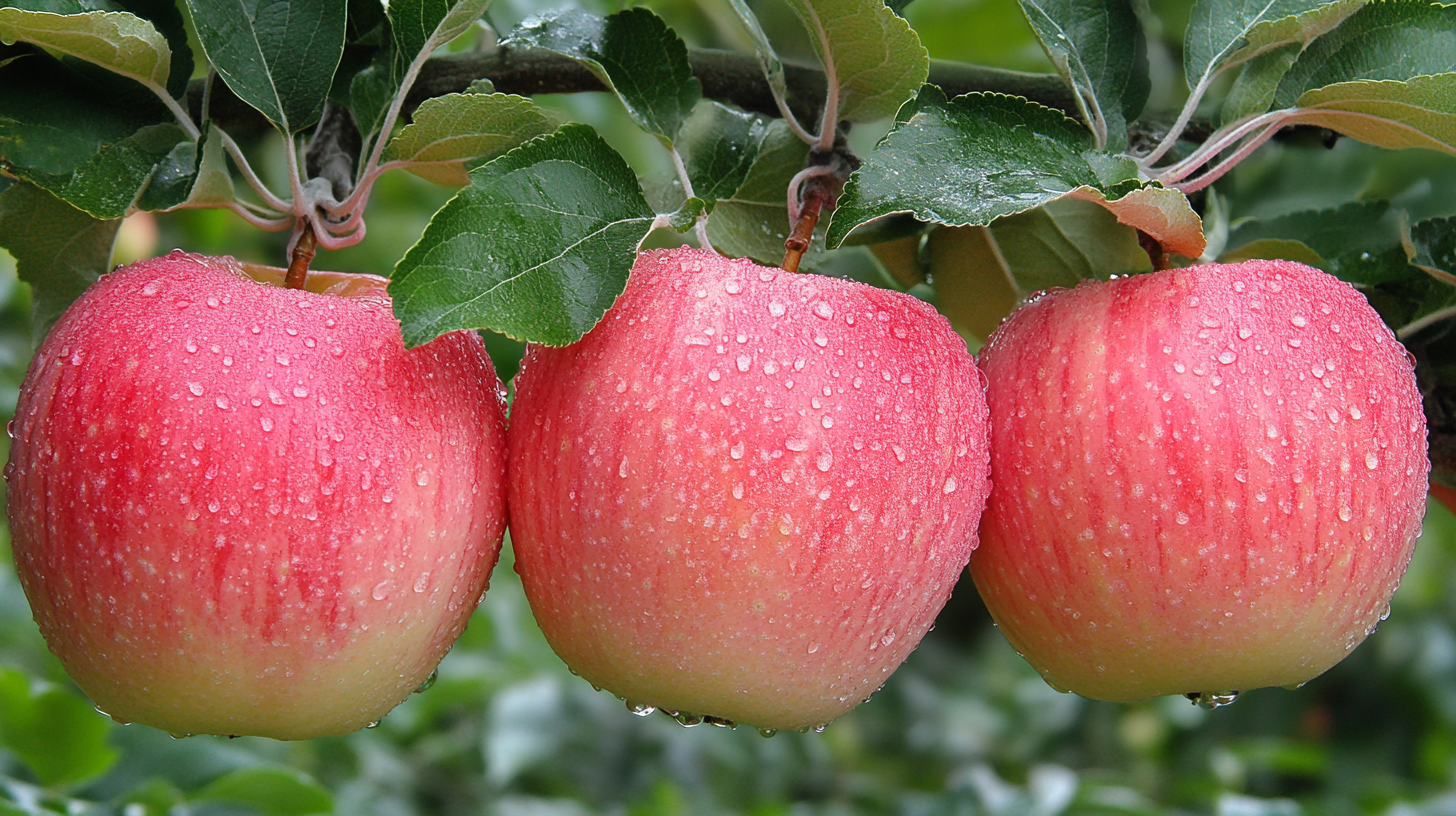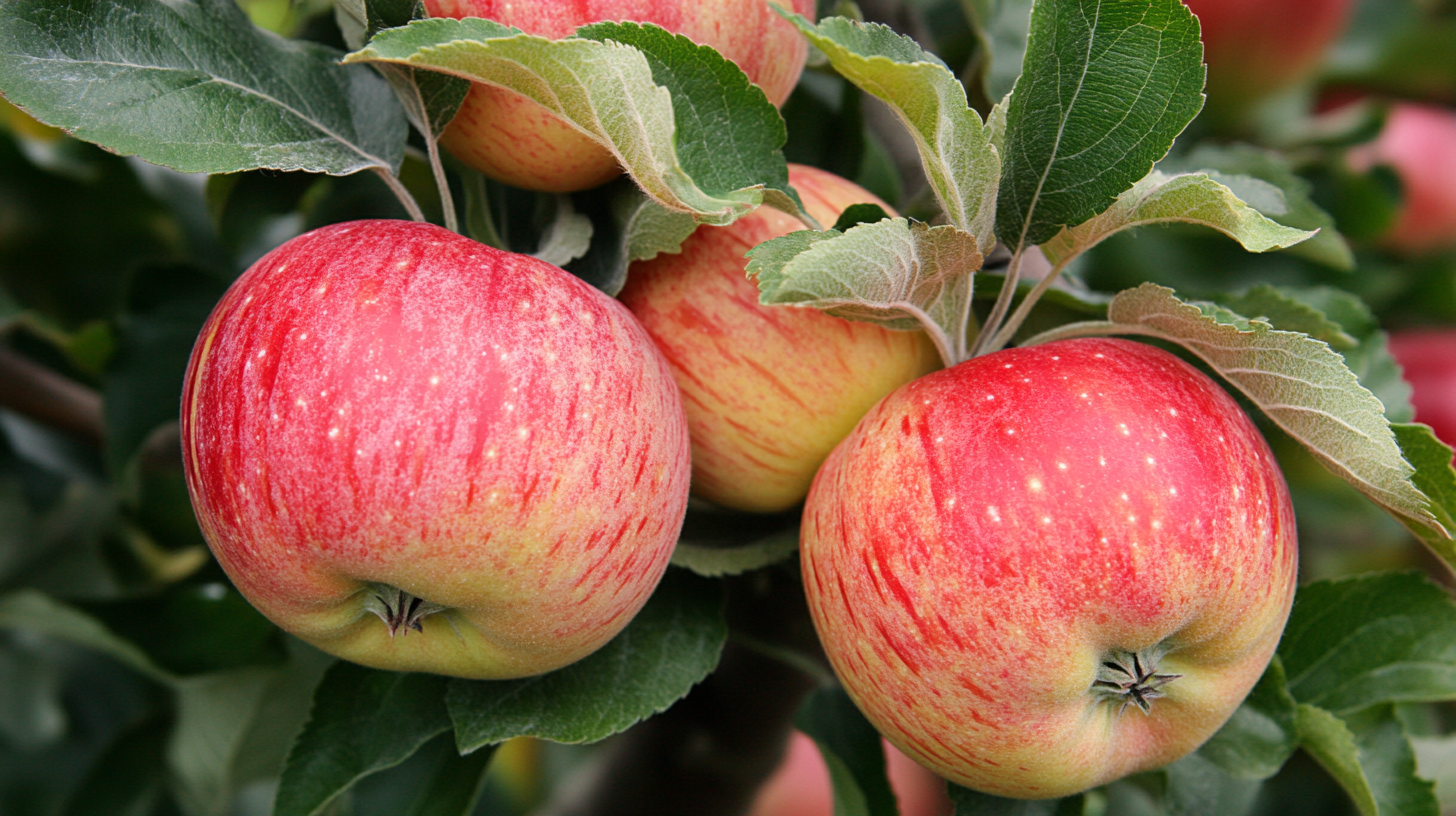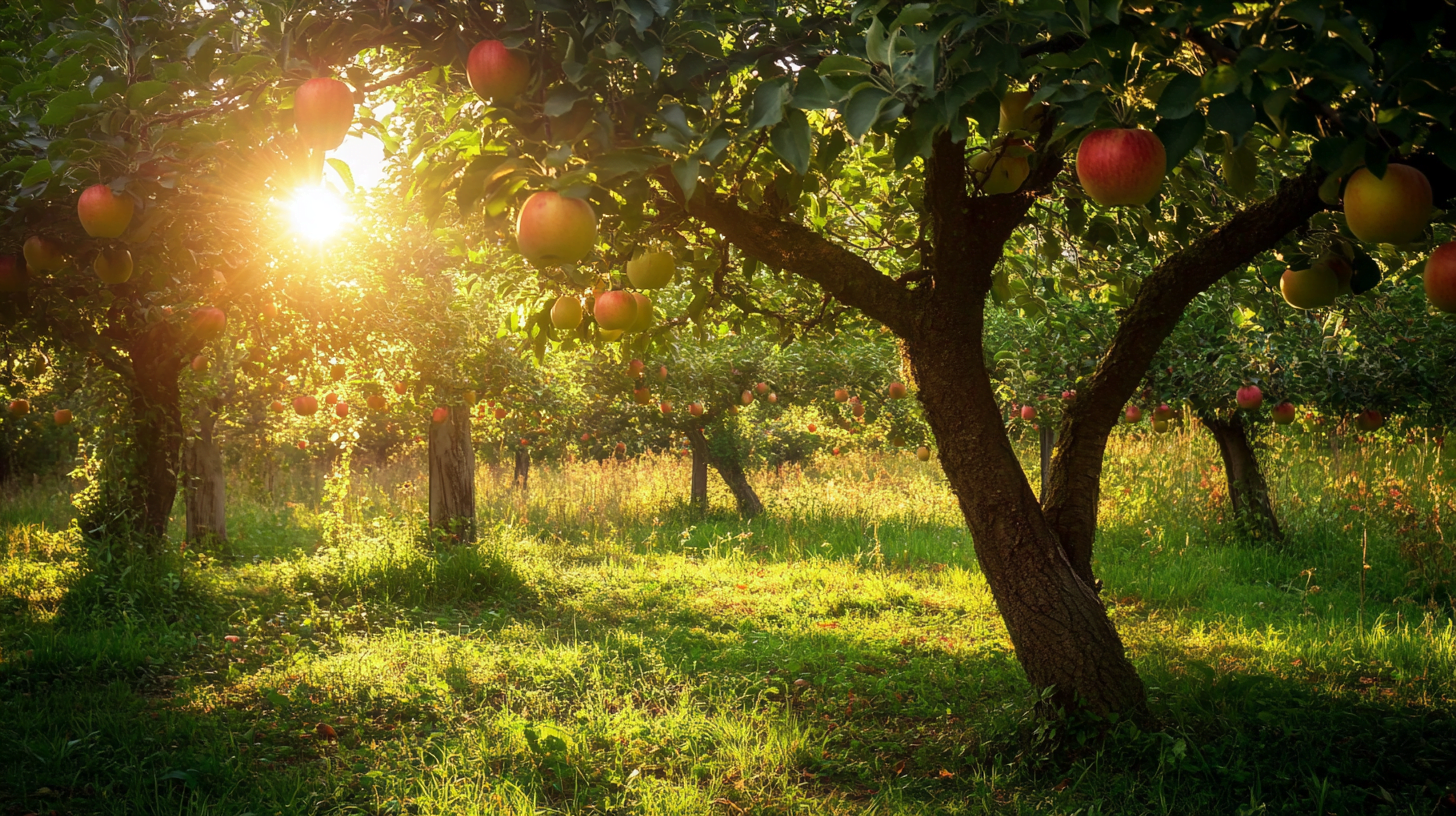Beautiful Plants For Your Interior

Table of Contents
Introduction
Growing your own apples can be incredibly rewarding. However, understanding the intricacies of apple tree pollination is crucial for a bountiful harvest. This article delves into whether apple trees are self-pollinating, the factors affecting their pollination, and how to ensure successful fruit production.
Understanding Apple Tree Pollination
What is Pollination?
Pollination is the process by which pollen is transferred from the male part of a flower (anther) to the female part (stigma). This process is essential for the production of seeds and fruit. Pollinators, such as bees, butterflies, and even the wind, play a significant role in this process. Without effective pollination, fruit production can be severely impacted.
Types of Pollination
Pollination can occur in two primary ways: self-pollination and cross-pollination.
- Self-Pollination: This occurs when pollen from the same flower or another flower on the same plant fertilizes the ovule. Some plants, like tomatoes and peas, are self-pollinating.
- Cross-Pollination: This involves the transfer of pollen from the flower of one plant to the flower of another plant of the same species. Many fruit trees, including most apple varieties, rely on cross-pollination for optimal fruit production.
Are Apple Trees Self Pollinating?
Self-Pollinating Apple Varieties
While most apple trees require cross-pollination, there are a few self-pollinating varieties. These trees can produce fruit on their own, without the need for another apple tree nearby.
Examples of Self-Pollinating Apple Varieties:
- Golden Delicious
- Granny Smith
- Gala
Benefits of Self-Pollinating Apple Trees:
- Convenience: You don’t need multiple trees for fruit production.
- Space-Saving: Ideal for small gardens or urban settings.
- Reliability: Consistent fruit production even with fewer pollinators.
Cross-Pollinating Apple Varieties
Most apple trees are not self-pollinating and require another apple tree of a different variety nearby to produce fruit. Cross-pollination enhances genetic diversity and often results in better fruit quality and yield.
Examples of Cross-Pollinating Apple Varieties:
- Honeycrisp
- Fuji
- Braeburn
Benefits of Cross-Pollinating Apple Trees:
- Improved Fruit Quality: Cross-pollination often leads to larger and more flavorful apples.
- Increased Yield: More flowers are successfully pollinated, leading to a higher fruit set.
- Genetic Diversity: Cross-pollination promotes healthier and more resilient trees.
Factors Affecting Apple Tree Pollination
Environmental Factors
The environment plays a crucial role in the pollination process.
- Weather: Extreme weather conditions, such as frost, heavy rain, or high winds, can hinder pollination. For instance, frost can damage blossoms, while rain can wash away pollen.
- Temperature and Humidity: Optimal temperatures (60-70°F) and moderate humidity levels are ideal for pollination. Too hot or too cold conditions can reduce pollinator activity.
- Sunlight and Wind: Adequate sunlight is essential for flower development, while gentle wind can aid in pollen transfer.
Biological Factors
Biological factors also significantly impact pollination.
- Pollinators: Bees are the primary pollinators for apple trees. Ensuring a healthy bee population is vital for successful pollination.
- Multiple Varieties: Planting different apple varieties close to each other enhances cross-pollination.
- Tree Health: Healthy trees with robust blossoms are more likely to attract pollinators and achieve successful pollination.
How to Ensure Successful Pollination
Planting Strategies
Proper planting strategies can significantly enhance pollination success.
- Best Practices: Plant apple trees in well-drained soil with adequate sunlight. Ensure they are spaced appropriately to allow for air circulation and pollinator access.
- Spacing and Placement: Apple trees should be planted 15-20 feet apart. This spacing allows for optimal growth and pollinator movement.
- Companion Planting: Planting flowers and herbs that attract pollinators near apple trees can improve pollination rates.
Attracting Pollinators
Creating a pollinator-friendly environment is essential for successful apple tree pollination.
- Tips for Attracting Pollinators:
- Plant a variety of flowering plants that bloom at different times.
- Avoid using pesticides that can harm pollinators.
- Provide water sources, such as shallow dishes with water and pebbles.
- Pollinator-Friendly Plants: Lavender, marigold, and sunflowers are excellent choices for attracting bees and other pollinators.
Manual Pollination Techniques
In some cases, manual pollination may be necessary to ensure fruit production.
- When to Use Manual Pollination: If natural pollinators are scarce or weather conditions are unfavorable, manual pollination can be a useful technique.
- Step-by-Step Guide:
- Collect pollen from the anthers of a flower using a small brush or cotton swab.
- Gently transfer the pollen to the stigma of another flower.
- Repeat the process for multiple flowers to increase the chances of successful pollination.
- Tools and Materials: Small paintbrush, cotton swabs, and a magnifying glass.
Common Pollination Problems and Solutions
Poor Fruit Set
Poor fruit set can be frustrating for apple growers. Here are some common causes and solutions:
- Causes:
- Insufficient pollinators
- Adverse weather conditions
- Poor tree health
- Solutions:
- Plant more pollinator-friendly plants.
- Protect blossoms from frost using covers.
- Ensure trees are well-watered and fertilized.
Lack of Pollinators
A lack of pollinators can severely impact fruit production.
- Identifying the Problem: Monitor the presence of bees and other pollinators during the blooming period. If few are observed, it may indicate a problem.
- Strategies to Attract Pollinators:
- Plant a diverse range of flowering plants.
- Create habitats for pollinators, such as bee hotels.
- Reduce pesticide use.
Adverse Weather Conditions
Weather can be unpredictable, but there are ways to mitigate its impact on pollination.
- Impact of Frost, Rain, and Wind: Frost can damage blossoms, rain can wash away pollen, and high winds can prevent pollinators from reaching flowers.
- Protective Measures:
- Use frost covers to protect blossoms.
- Plant windbreaks to shield trees from strong winds.
- Ensure proper drainage to prevent waterlogging.

FAQs About Apple Tree Pollination
Can One Apple Tree Produce Fruit?
While some apple trees can produce fruit on their own, most require another variety for cross-pollination. Self-pollinating varieties like Golden Delicious can produce fruit without another tree, but having multiple trees can enhance fruit quality and yield.
How Close Should Apple Trees Be Planted for Pollination?
For optimal pollination, apple trees should be planted 15-20 feet apart. This distance allows for adequate air circulation and easy access for pollinators.
Do I Need More Than One Apple Tree?
Having more than one apple tree, especially of different varieties, can significantly improve pollination and fruit production. Cross-pollination between different varieties often results in better fruit quality and higher yields.
Conclusion
Recap of Key Points
Understanding whether apple trees are self-pollinating is crucial for successful fruit production. While some varieties can self-pollinate, most apple trees benefit from cross-pollination. Factors such as environmental conditions, pollinator presence, and proper planting strategies play a significant role in pollination success.
Final Thoughts
Starting an apple orchard can be a rewarding endeavor. By understanding the pollination needs of apple trees and implementing best practices, you can ensure a bountiful harvest. Remember, ongoing care and monitoring are essential for successful pollination and fruit production.
By following these guidelines and understanding the intricacies of apple tree pollination, you can enjoy a fruitful and thriving apple orchard. Happy gardening!


